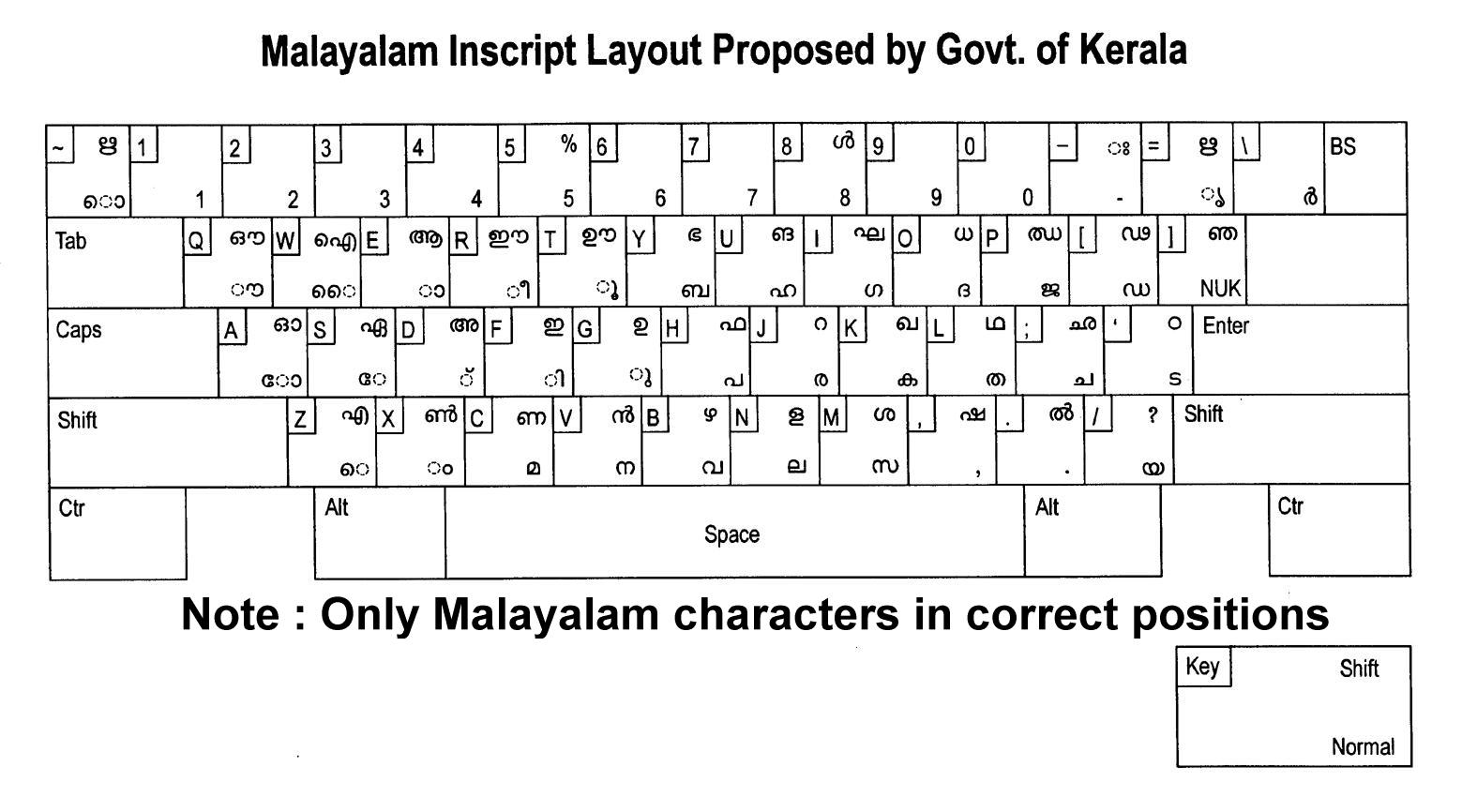
Bellini Ovens Manual Transmission
[PDF] Bellini Oven Manual.pdf [PDF] Ford 5000 Manual Transmission.pdf [PDF] Catholic Mass Music Guide August 2016.pdf [PDF] Mitsubishi Purifiers Manuals.pdf. 
This report is the second in a series on changes in the parcel and express industry. Last-minute rerouting, guaranteed deliveries within two-hour windows, drop-offs in places that don’t have street addresses: parcel delivery companies have been talking about all of this for years. That this future has arrived is no surprise. The surprise is who is leading the way. Startups and giant e-tailers, seizing the opportunity created by digital technologies and the rise of e-commerce, are innovating in ways that are upending the industry. Baofeng uv 5b software update. These newcomers are concentrating their services in the areas where profit pools are the deepest and offering alternatives to products for which incumbents still charge a premium. Incumbent deliverers are in a quandary.
As new ways of achieving scale have emerged, the incumbents’ asset-heavy networks are losing relevance. In many cases, those networks and the legacy systems that underlie them are slowing incumbents’ embrace of new realities. In this report—a follow-up to (BCG Focus, December 2016)—we take a detailed look at startups’ assault on existing business models.
We also discuss strategies that incumbents can use to fight back, including rededicating themselves to their existing customers’ needs and developing their own digital capabilities. (See the sidebar below.).
This look at the assault by digital startups and e-tailers on the parcel and express industry is the second in a series that BCG is publishing. Our first report discussed five trends that have reshaped the industry, including the deconstruction of the delivery value chain and the consumer’s increasing control. Our next report will focus on what incumbents need to do to add the necessary in-house digital muscle. This includes overcoming barriers such as IT complexity, building up digital and data platforms, and conquering organizational inertia. When the e-commerce boom began, little venture capital money was invested in parcel and express, a seemingly stable business with high barriers to entry.
That has changed drastically in the last few years. More than $6 billion has poured into the parcel and express sector since 2012. Investments as a whole increased some 20-fold and late-stage funding increased more than 30-fold from 2014 through 2016. (See Exhibit 1.) Ten startups have received more than $175 million in cumulative funding, and ten others have received more than $50 million. • First, there is value chain orchestration.